

Cel Ogiya
Published on May 16, 2025
At HENNGE, every product has a story—and behind every story is a team that brings it to life. In this edition of Casual Talk, we catch up with two engineers from the HENNGE Email Archive Team.
Bagus Aryabima (back-end) and Rob Keleher (front-end) share their international perspectives, technical challenges, and what it’s like to build something meaningful together—one email at a time. Interview conducted by Cel Ogiya.
Meet the Team
Bagus Aryabima is a back-end engineer from Indonesia who’s been with HENNGE since 2015. Passionate about infrastructure, automation, and systems-level thinking, his role centers on building the architecture that powers the secure storage and searchability of massive amounts of email data.
Rob Keleher is a front-end engineer from the U.S., who joined the company in 2022 after working as a developer in the States and also as an English teacher in Japan. With an eye for design and accessibility, he ensures that even the most complex data operations are easy to interact with.
Together, they’re part of a globally diverse team working across time zones and tech stacks to turn complex technical processes into tangible value for customers.
About HENNGE Archive
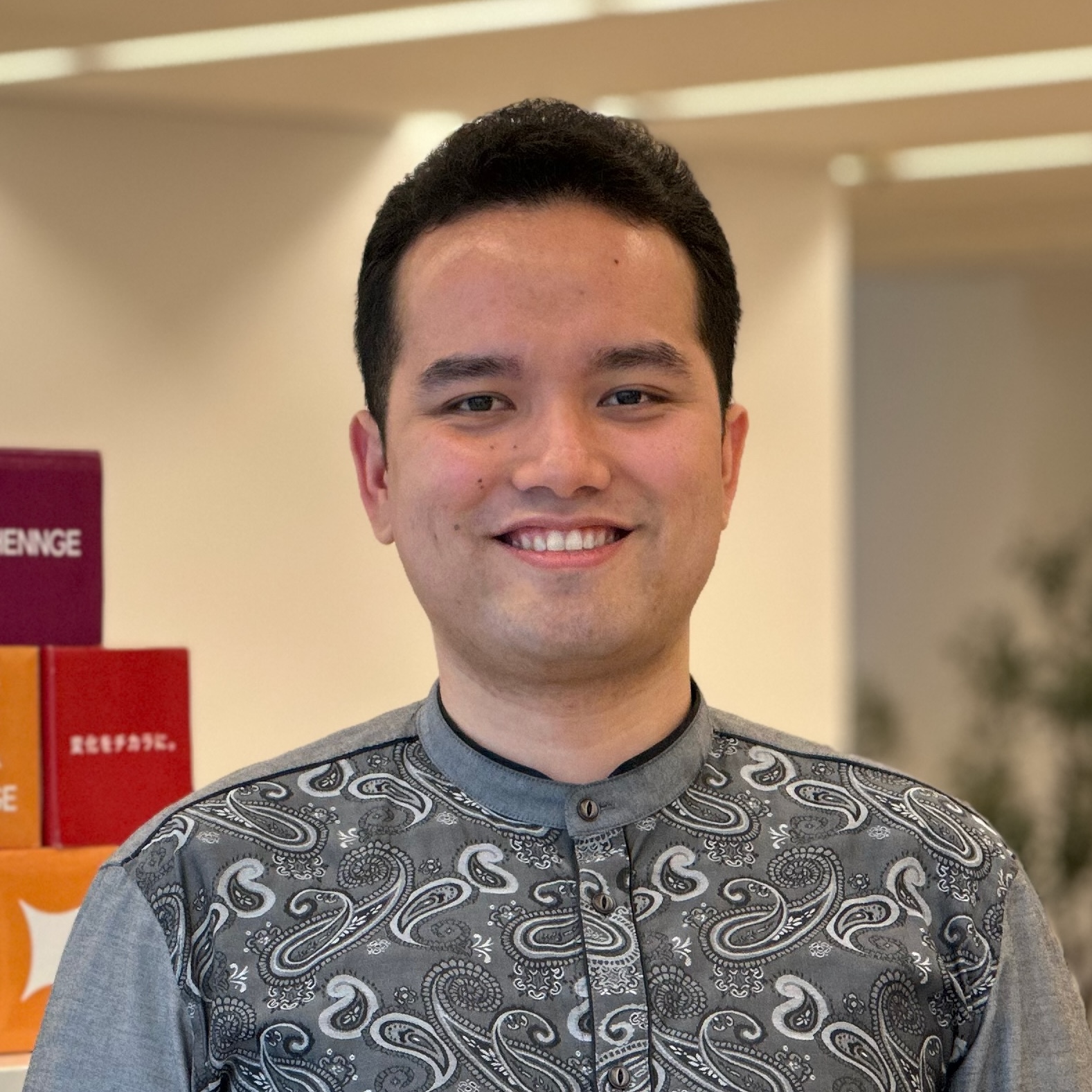
Bagus: HENNGE Email Archive archives copies of emails sent to or from our customers’ Google Workspace or Microsoft 365 accounts. It’s mainly used for audits, incident investigations, and retaining emails from former employees. Customers view it as a kind of insurance for compliance, but we’re also now working to enhance it to detect or even prevent issues proactively.

Cel: What are the core features of the product?
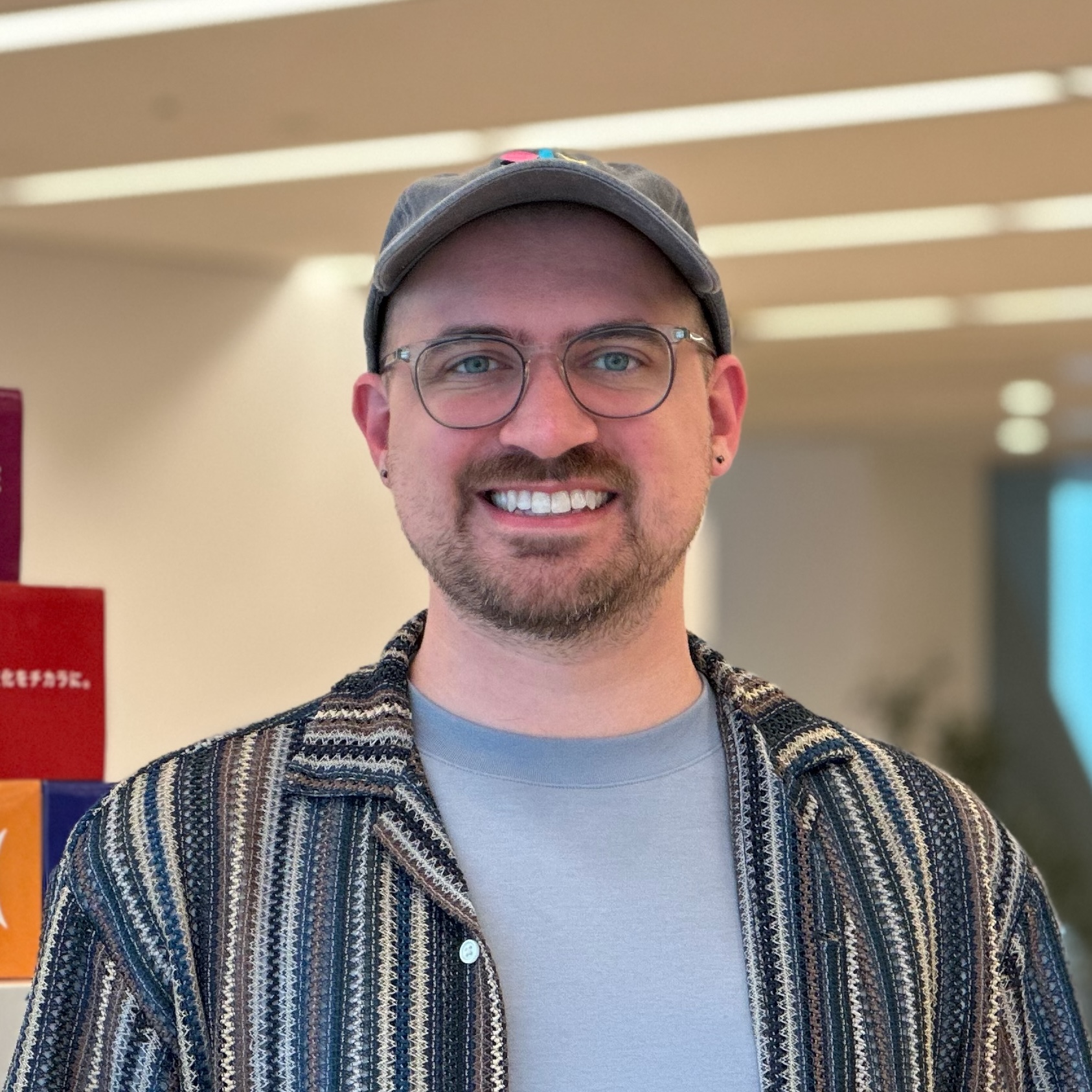
Rob: The core is archiving—securely storing emails. But equally important is the ability to search that archive effectively through our User Interface (UI). Emails are archived in 2 different tiers. In the first year after archiving, emails are in “real-time period”, which allows for faster exports. From the second year after archiving, emails are moved to “backup period”, which allows for longer term storage. Email search speed is lightning-fast, regardless of the tier the emails are stored in. It’s primarily an admin tool, so we’ve built permission systems and search policies to control what users can access, ensuring security and compliance.

Cel: And what pain points does HENNGE Archive seek to address?

Bagus: A major one is meeting legal requirements. In Japan, most companies need to audit employee emails annually, and some face unexpected investigations, like requests from authorities. A few customers even use it almost like an email client, though that’s not the main use case.

Rob: Security is another big focus. Auditors need to review data safely without risks like downloading viruses. Our attachment viewer lets admins preview files in the browser without downloading, keeping their systems secure. Also, when employees leave, their emails might be deleted from platforms like Google Workspace, but we retain them for up to 10 years—or longer with our Pro plan—so companies can still access that data.

Cel: Can you share a use case to illustrate how customers use it?

Bagus: We can’t name specific clients, but we see a spike in usage at year-end when companies download data for reviews. Some export it for external analyzers.

Rob: We’re dealing with massive datasets—gigabytes, sometimes hundreds, per customer, spanning up to 10 years. For our 3,000 customers and millions of users, ensuring fast, reliable access to this data is a huge challenge.
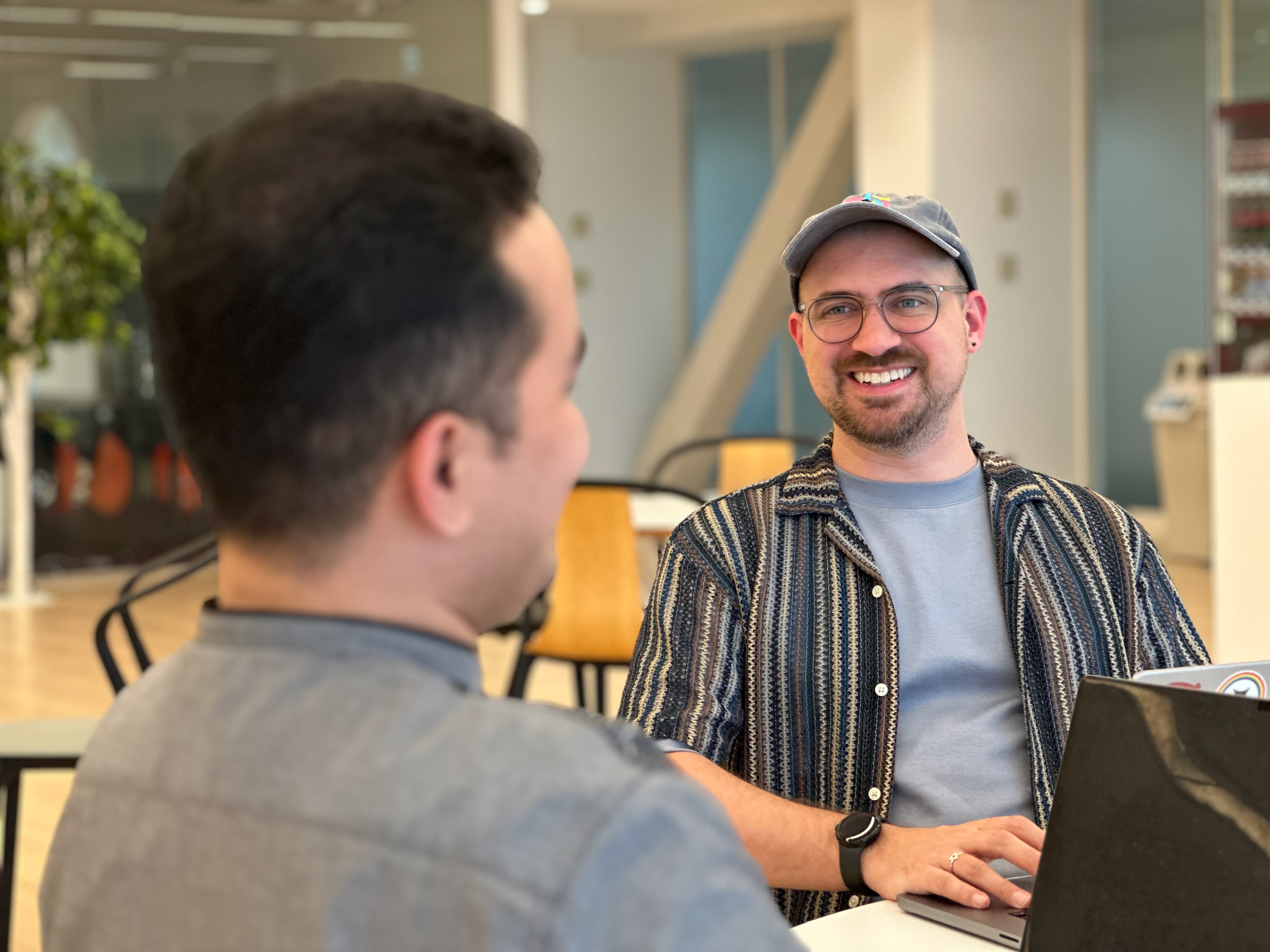
Tech Stack and Infrastructure

Cel: That sounds technically intense! What’s the tech stack behind it?

Bagus: On the back-end, we use Python for APIs with FastAPI and SwaggerUI. We’re heavily invested in AWS, such as Lambda, S3 Glacier storage class, and Terraform for infrastructure. GitHub handles version control, project management, and CI/CD via GitHub Actions. We’ve also started using Rust for internal data processing, which is exciting but limited for now.

Rob: For the front-end, we use TypeScript with Vue 3, Vite for bundling, Pinia for state management, and Sass for styling. We keep code clean with ESLint and Stylelint, and use Vitest and Playwright for unit and end-to-end tests. Our HENNGE Email Archive Modern product is built from scratch with these modern tools, unlike HENNGE Email Archive Classic, which runs on vanilla JS and jQuery. We’re also big on automation with GitHub Actions.

Cel: How is the infrastructure set up, and what’s your development flow?

Bagus: We have three main components. Archivers put duplicated emails (resulting from customer-configured mail routing) into a storage bucket. Indexers convert that data into Elasticsearch documents for fast searching. UI Servers, which for HENNGE Email Archive Classic are running on AWS ECS, power the front-end where users search emails, download emails, or manage policies. Their HENNGE Email Archive Modern counterparts utilize Lambda functions and CloudFront instead.

Rob: We follow Agile Scrum with two-week sprints, daily stand-ups, and retrospectives. Our nine-member team is growing—we’ll hit 10 with a new front-end developer soon. We use GitHub Projects for issue tracking and maintain an evolving style guide. Recent additions include end-to-end tests and a push toward test-driven development.
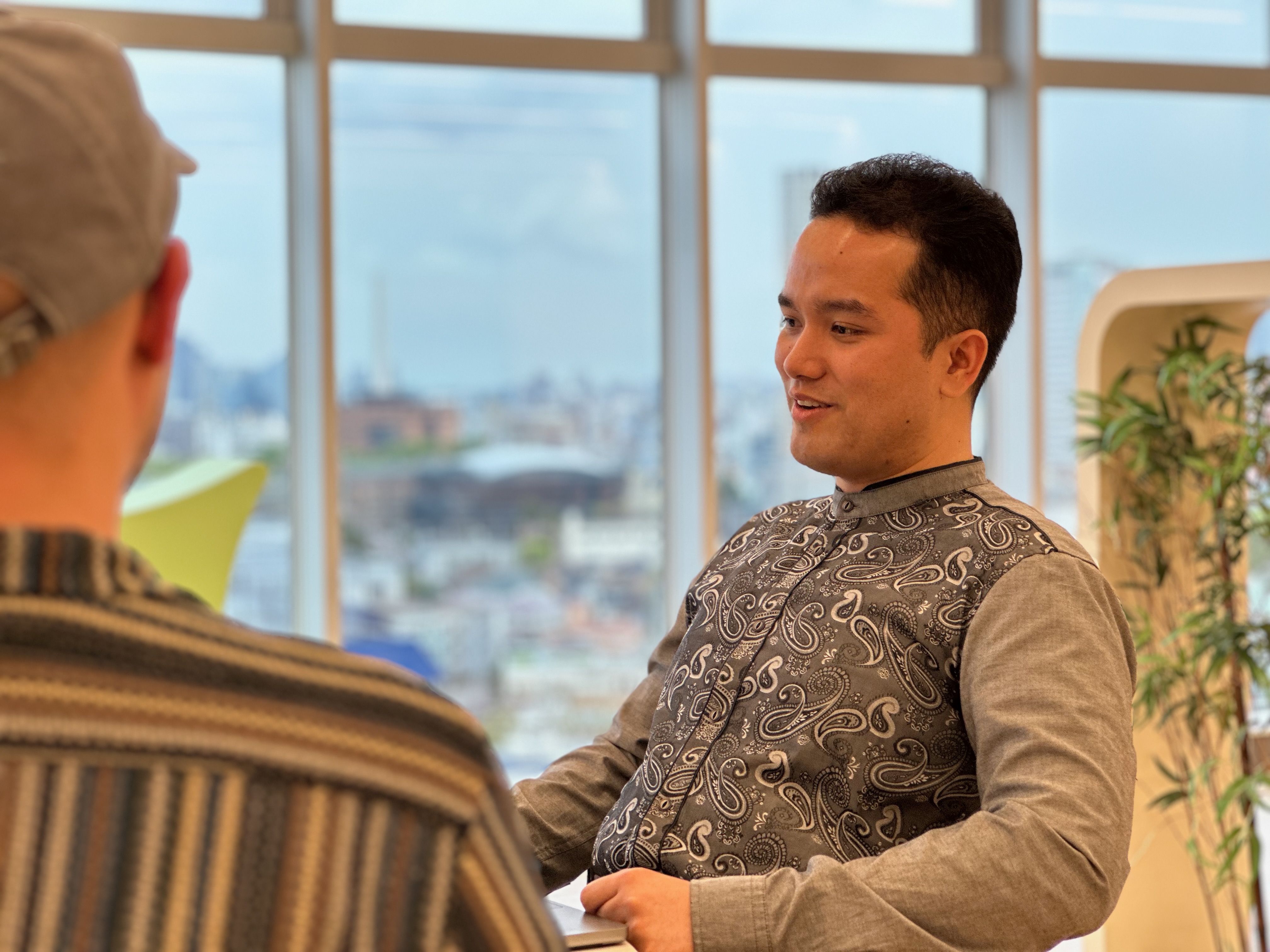
Team Dynamics and Culture

Cel: Tell us about the team structure and its members.

Bagus: We’re a ten-person core team, headed by our Japanese team lead, with Andrew from New Zealand serving as our tech lead. The team is international—myself from Indonesia, Rob from the US, a member from Taiwan, and a mix of Japanese and other backgrounds. We have three front-end developers, with the rest on back-end. We collaborate via Slack and have aligned our in-office day to be every Thursday.

Cel: What do you love about your team?

Bagus: Obviously, working with Rob! But really, it’s the international vibe and flexibility. We work seamlessly whether remote or in-person. Our team is packed with expertise—one member has over 20 years at HENNGE—and there’s strong support for trying new ideas.

Rob: Oh thanks! Yes, I love our knowledge-sharing culture, like our monthly Nobita Tech Sessions—think internal TED Talks. It’s a platform to pitch new tools or ideas, like when we introduced Agile Scrum, which boosted our productivity by organizing work into two-week sprints with clear story points.

Cel: What’s the most rewarding part of your job?

Bagus: Seeing a product evolve from inception to release is incredibly rewarding. We’re currently transitioning to HENNGE Email Archive Modern and sunsetting HENNGE Email Archive Classic, which is both challenging and exciting as we guide customers through the migration.

Rob: For me, it’s the direct impact. At HENNGE, my ideas, whether for UI design or new features, reach millions of users quickly. Having worked at both huge and tiny companies, I value this balance: significant impact without bureaucratic hurdles. Plus, working in Shibuya as a foreigner in an English-speaking, international environment is quite unique.
Challenges and Growth Opportunities

Cel: What recent challenges have you faced, and how do you overcome them?

Bagus: The HENNGE Email Archive Modern transition is a big one. We expect a surge in usage as customers migrate, and we’re still decoding HENNGE Email Archive Classic’s intricacies. We tackle this as a team—everyone pitches in during incidents, we review each other’s code, and retrospectives help us refine our processes.

Rob: We hit minor roadblocks regularly, but our flexibility keeps us moving. We’re always improving, like ensuring tests accompany every pull request. Collaboration—code reviews, sprint retros—makes us resilient.

Cel: How do you collaborate with other HENNGE teams?

Bagus: Beyond our core team, we work with two designers, the Product Marketing Management (PMM) team, and delivery management. Weekly meetings align us on UI/UX design and help pages for new features in HENNGE Email Archive Classic and HENNGE Email Archive Modern.
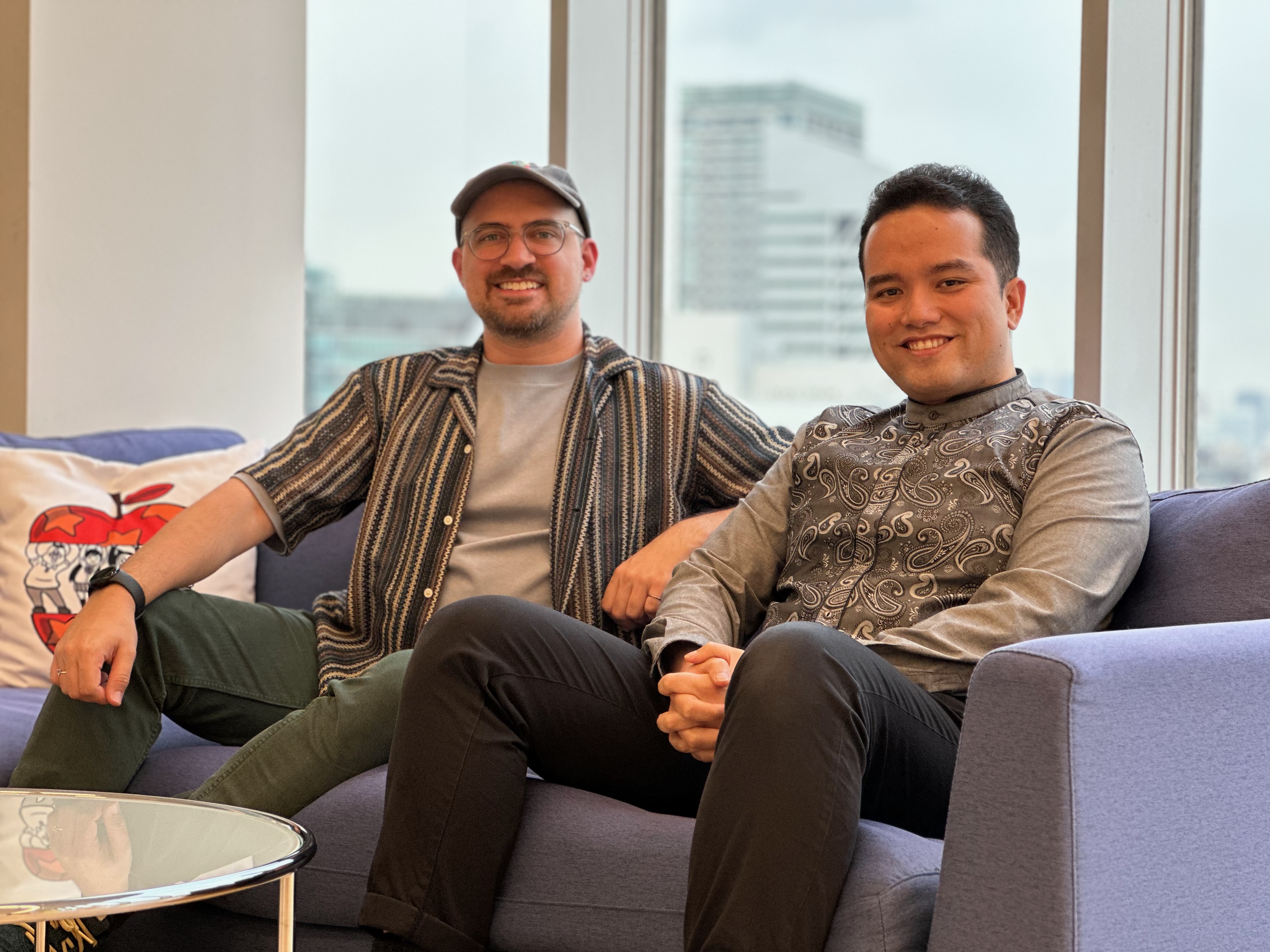
Why Work on Email Archive?

Cel: What makes working in your team an exciting prospect for engineers?

Rob: On the front-end, it’s about building with cutting-edge tools like Vue 3 from scratch. HENNGE supports learning through conferences—I’ve represented the company at Vue events in Japan and abroad, bringing back fresh ideas to our product. It’s a chance to craft a modern UI with a focus on accessibility and user experience.

Bagus: For back-end, it’s the challenge of managing petabytes of data across thousands of customers. If you’re into Elasticsearch, cluster resilience, or automation like CI/CD, this is your space. We’re also one of the first teams in HENNGE to actively experiment with new languages like Rust, which is exciting!

Cel: What kind of engineer would thrive in your team?

Rob: For front-end, it’s someone passionate about user experience, accessibility, and staying current with tech trends. A thirst for knowledge and personal passions you can bring to the team helps too!

Bagus: Someone who loves big data challenges, is familiar with our tech stack, and enjoys planning for long-term projects—our timelines span over a decade! I’d say openness to new ideas is also key.
Team Bonding and Work-Life Balance

Cel: How does your team unwind and build connections?

Bagus: We have virtual lunches, especially for our Taiwan-based member, Kelvin, and make an extra effort to hold in-person meetups when he’s in Japan. This hybrid setup strengthens our bond.

Rob: We also host team lunches and sometimes join the company’s weekly board game nights. It’s a fun way to connect, whether in person or remotely.
For engineers seeking a role where innovation meets impact, the HENNGE Archive Team offers a vibrant, international environment to grow and thrive. With a tech stack spanning Python, TypeScript, Vue 3, and AWS, and a culture that champions collaboration, you’ll work alongside a diverse, knowledgeable crew pushing boundaries.
Whether you’re wrangling big data or crafting intuitive UIs, your contributions will shape a product trusted by millions. Ready to make your mark? Search our open job listings now at recruit.hennge.com/en/ and take your first step toward building the future of cloud security with us.
Cel: Hi! OK, so let’s start with the basics. What is the product your team is developing?